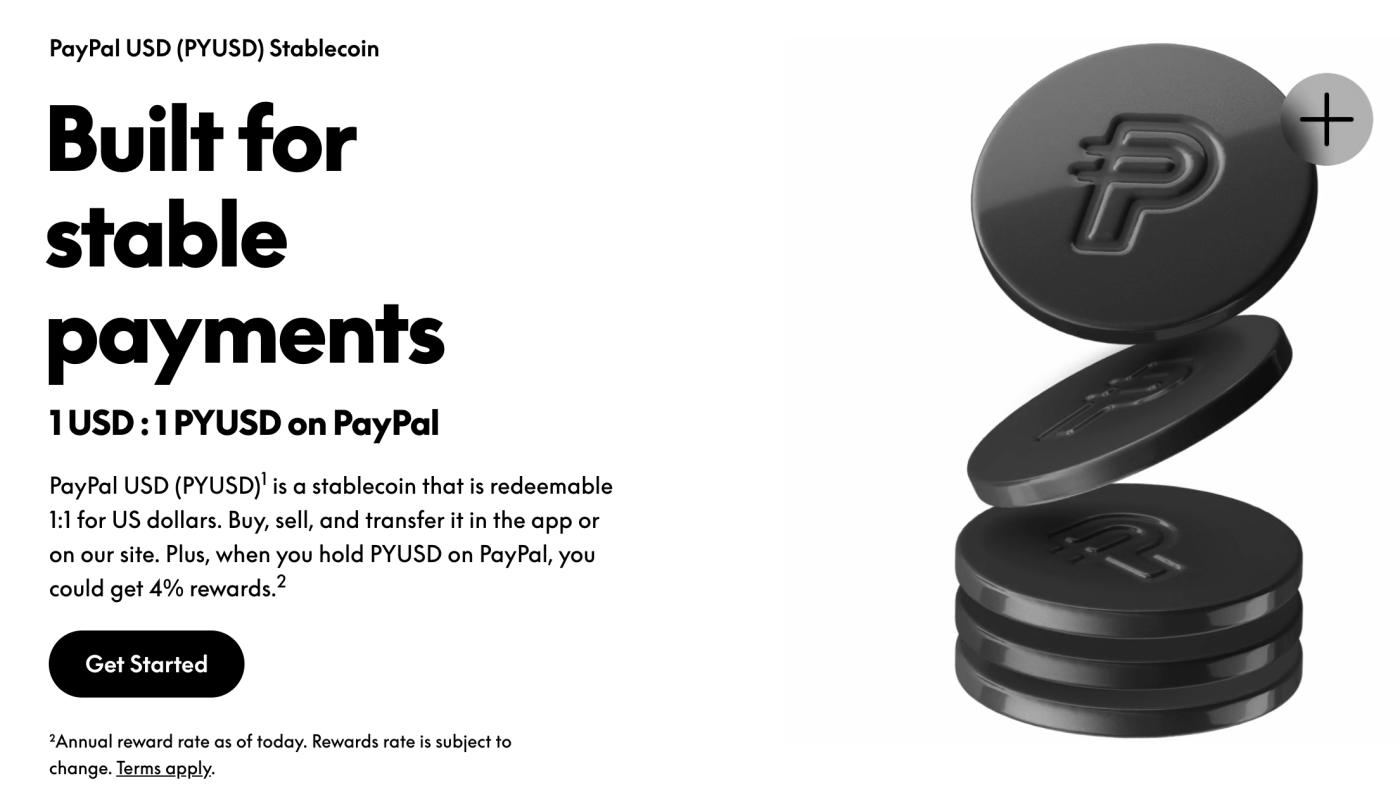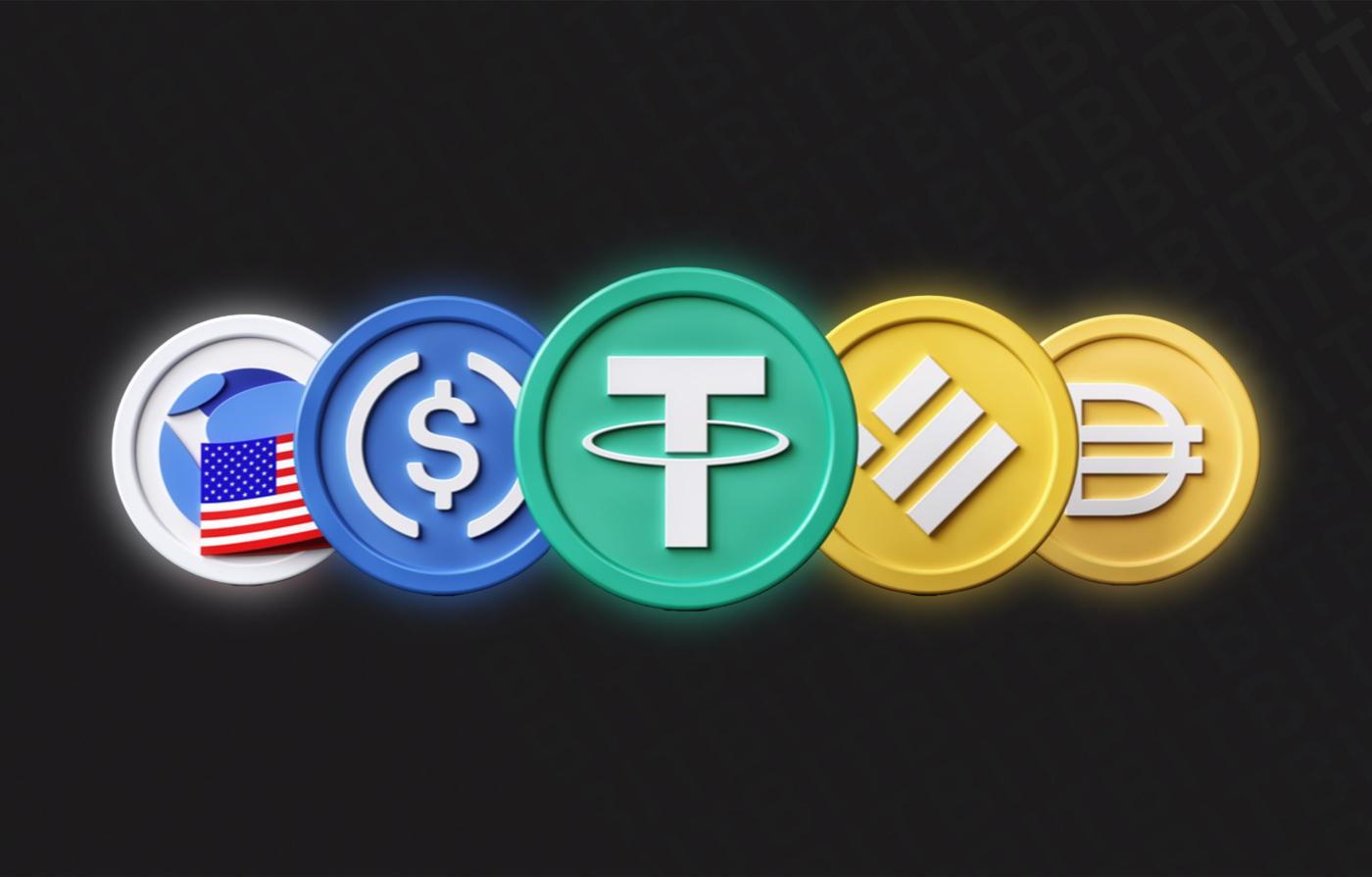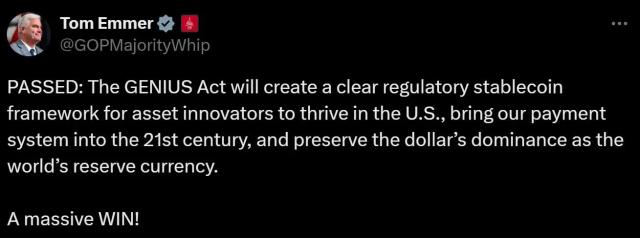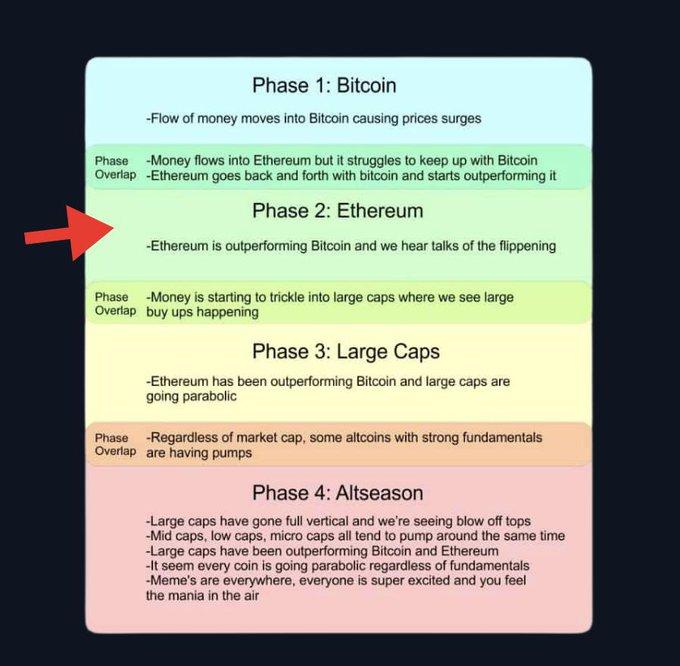In recent years, the stablecoin market has risen at an astonishing speed, becoming a key hub for the convergence of digital economy and traditional finance. In 2025, traditional financial institutions' enthusiasm for stablecoins continues to surge, with numerous banks and financial technology companies globally accelerating their entry into this field, attempting to seize the initiative in the digital financial wave.
The Boom of the Stablecoin Market and Active Participation of Traditional Financial Institutions
In 2025, the scale and influence of the stablecoin market continue to expand. According to the latest data from Chainalysis, the monthly transaction volume of stablecoins has surged to trillions of dollars, accounting for 60% to 80% of total cryptocurrency transactions. This explosive growth has attracted widespread attention from traditional financial institutions, which are accelerating their integration into the digital economic ecosystem by issuing stablecoins, participating in blockchain network construction, and providing related financial services. For example, financial giants in the United States such as JPMorgan Chase, Bank of America, Citigroup, and Wells Fargo are exploring the possibility of jointly issuing stablecoins.

Meanwhile, financial technology companies are also accelerating their layout. Stripe announced the launch of stablecoin accounts in 101 countries, while PayPal further expanded its global influence through its PYUSD stablecoin, achieving instant cross-border payments, particularly excelling in emerging markets. These dynamics indicate that traditional financial institutions are embracing stablecoins through practical actions, attempting to occupy strategic high ground in the digital financial realm.
Deep-Seated Reasons Driving Traditional Financial Institutions' Entry
Traditional financial institutions' interest in stablecoins is not a momentary impulse but the result of multiple market and technological factors. First, stablecoins are highly favored by users due to their typically low volatility, with values anchored to legal currencies like the US dollar. ARK Invest's data shows that global stablecoin users have reached 170 million to 230 million, representing 15% to 20% of non-US dollar holders.
This extensive user base provides enormous market opportunities for financial institutions. By issuing stablecoins, banks and financial technology companies can meet customers' demand for secure, stable digital assets while enhancing brand trust. For instance, JPMorgan's JPM Coin has been widely applied in its corporate payment system, demonstrating stablecoins' potential in optimizing financial services. Secondly, blockchain technology's efficiency advantages are a crucial driver for traditional financial institutions entering the stablecoin market.
Compared to the traditional SWIFT system, blockchain-supported stablecoin transactions can achieve near-instantaneous settlement at significantly reduced costs. Wells Fargo's blockchain pilot project demonstrates cross-border transfer efficiency far surpassing traditional systems, while the National Australia Bank's (NAB) Australian dollar-anchored stablecoin AUDN has shown similar advantages in pension payments and carbon credit trading. Additionally, competitive pressure is an unavoidable factor.

With Tether (USDT) and Circle (USDC) dominating the market, traditional financial institutions face threats from crypto-native companies and emerging financial technology enterprises. Tether and Circle now hold up to $166 billion in US Treasury bonds, becoming significant participants in the Treasury market. If banks do not actively participate in the stablecoin market, they may gradually lose competitiveness in payment and settlement domains.
[The translation continues in the same professional and accurate manner for the remaining sections.]





